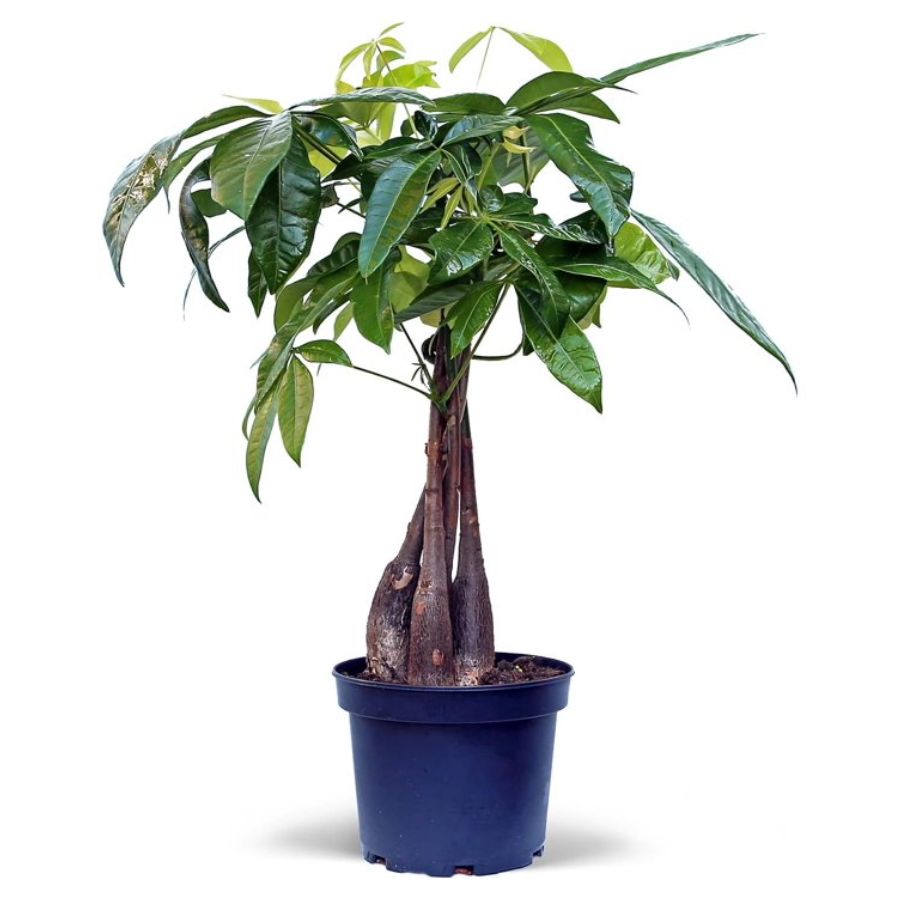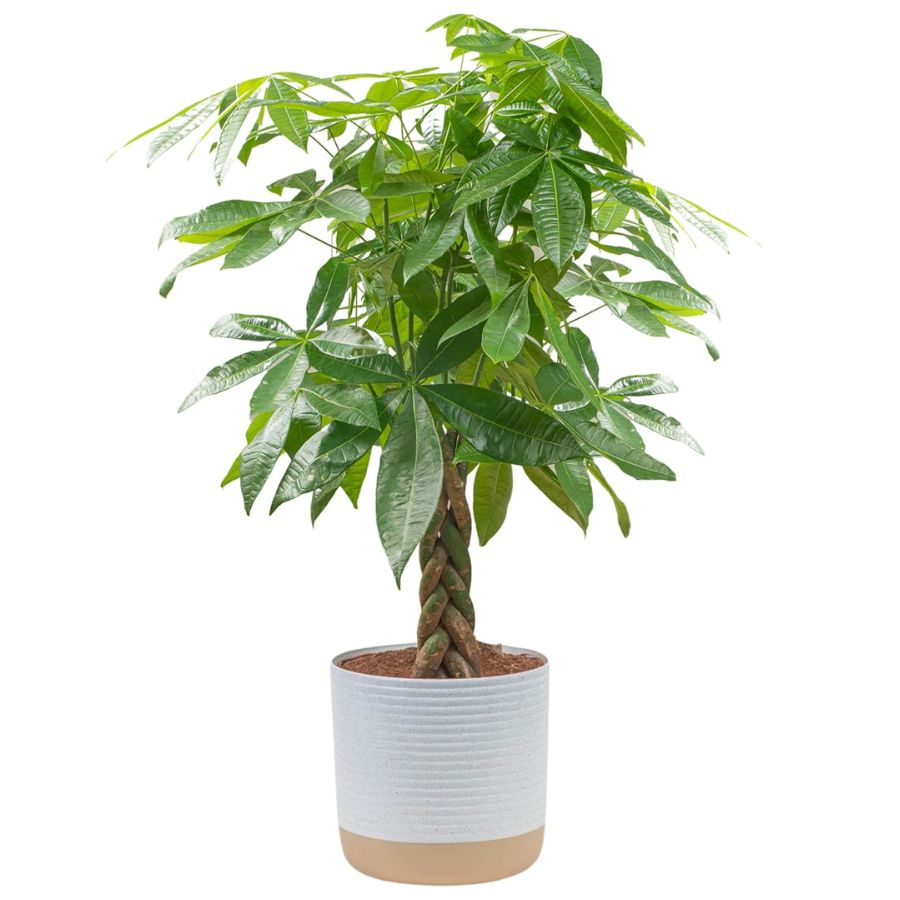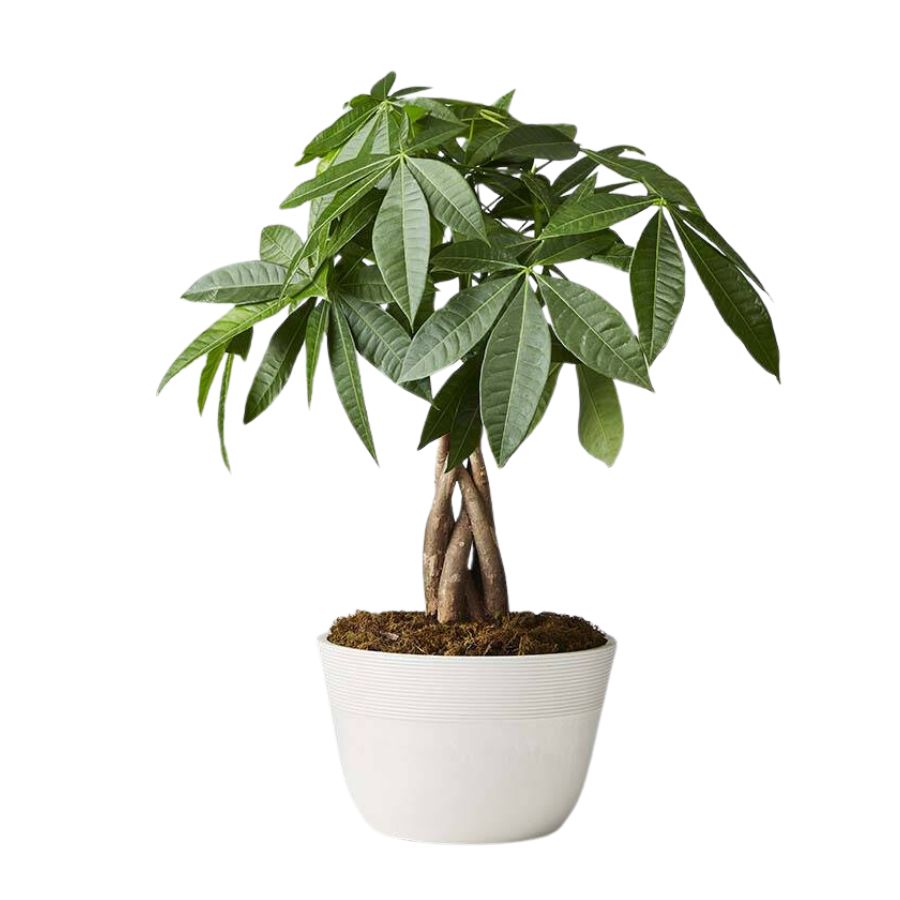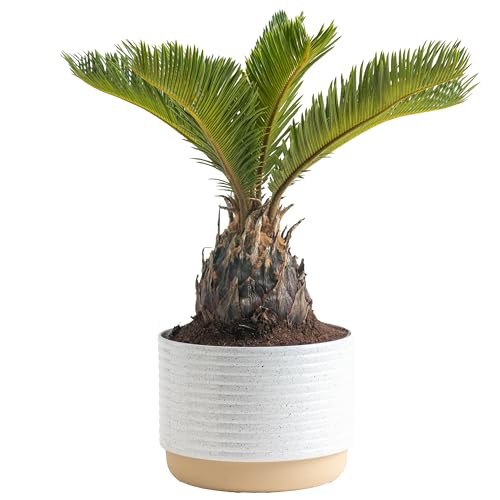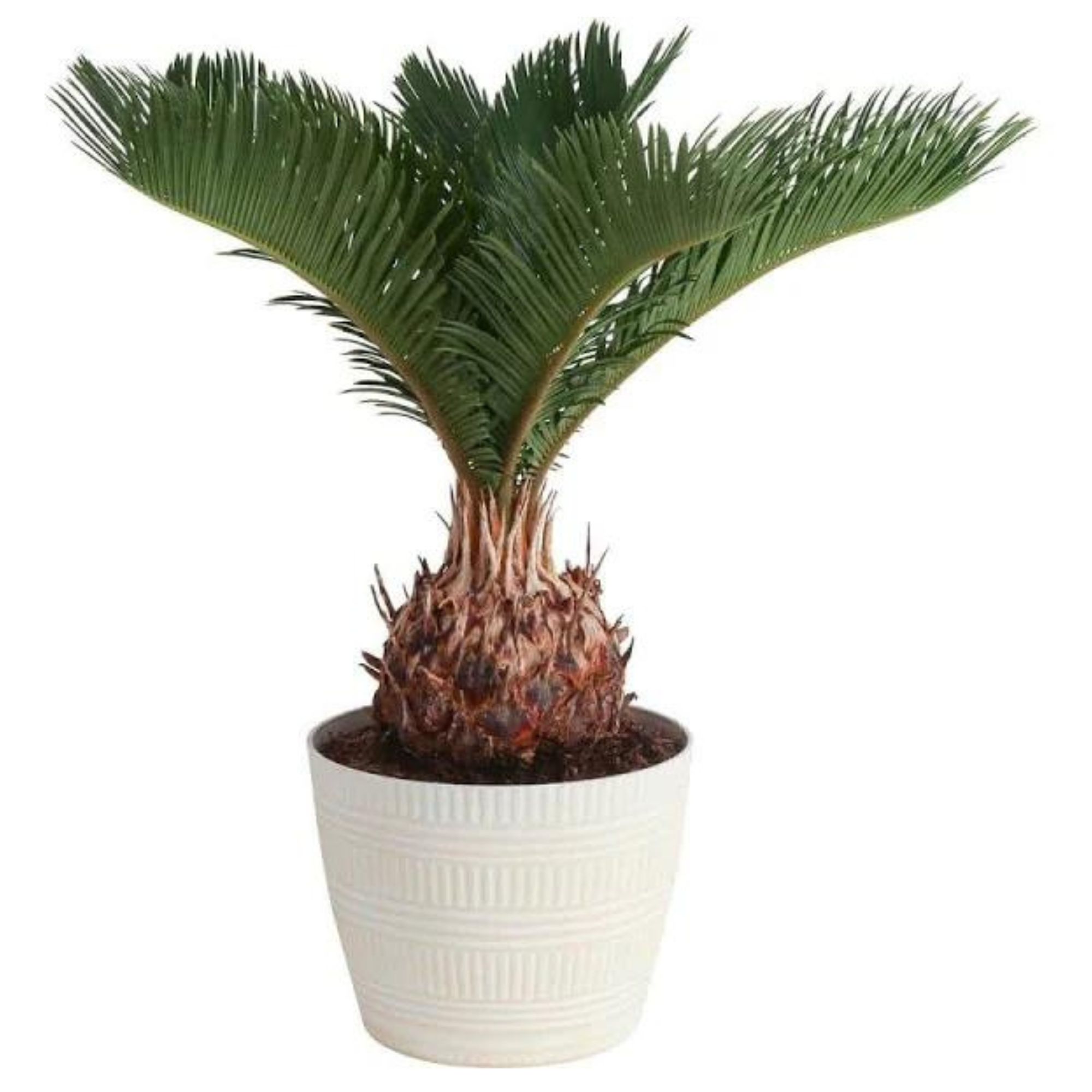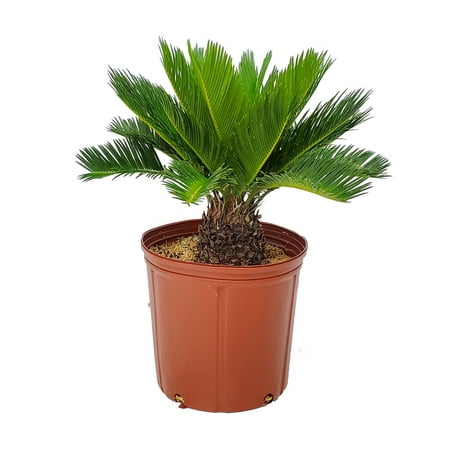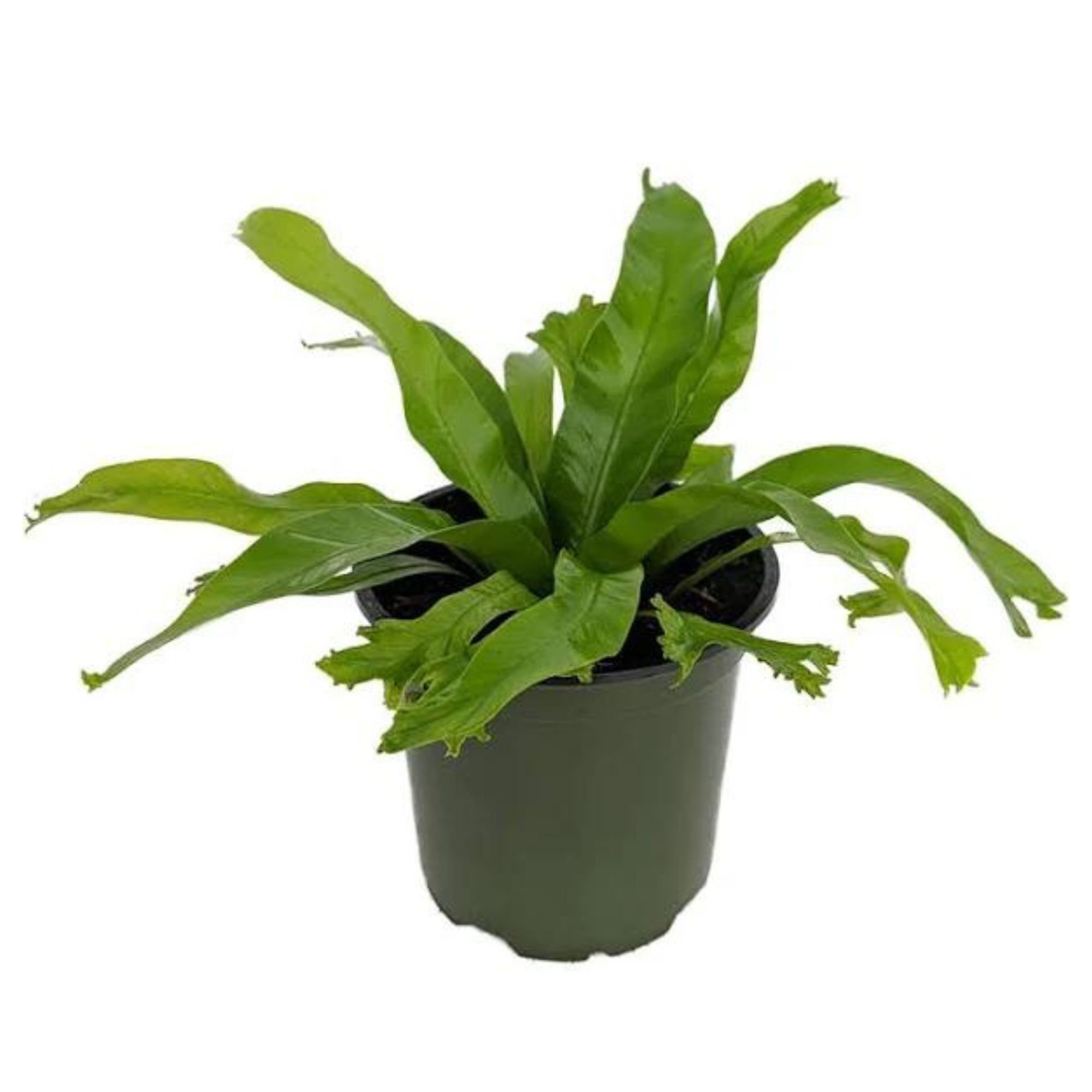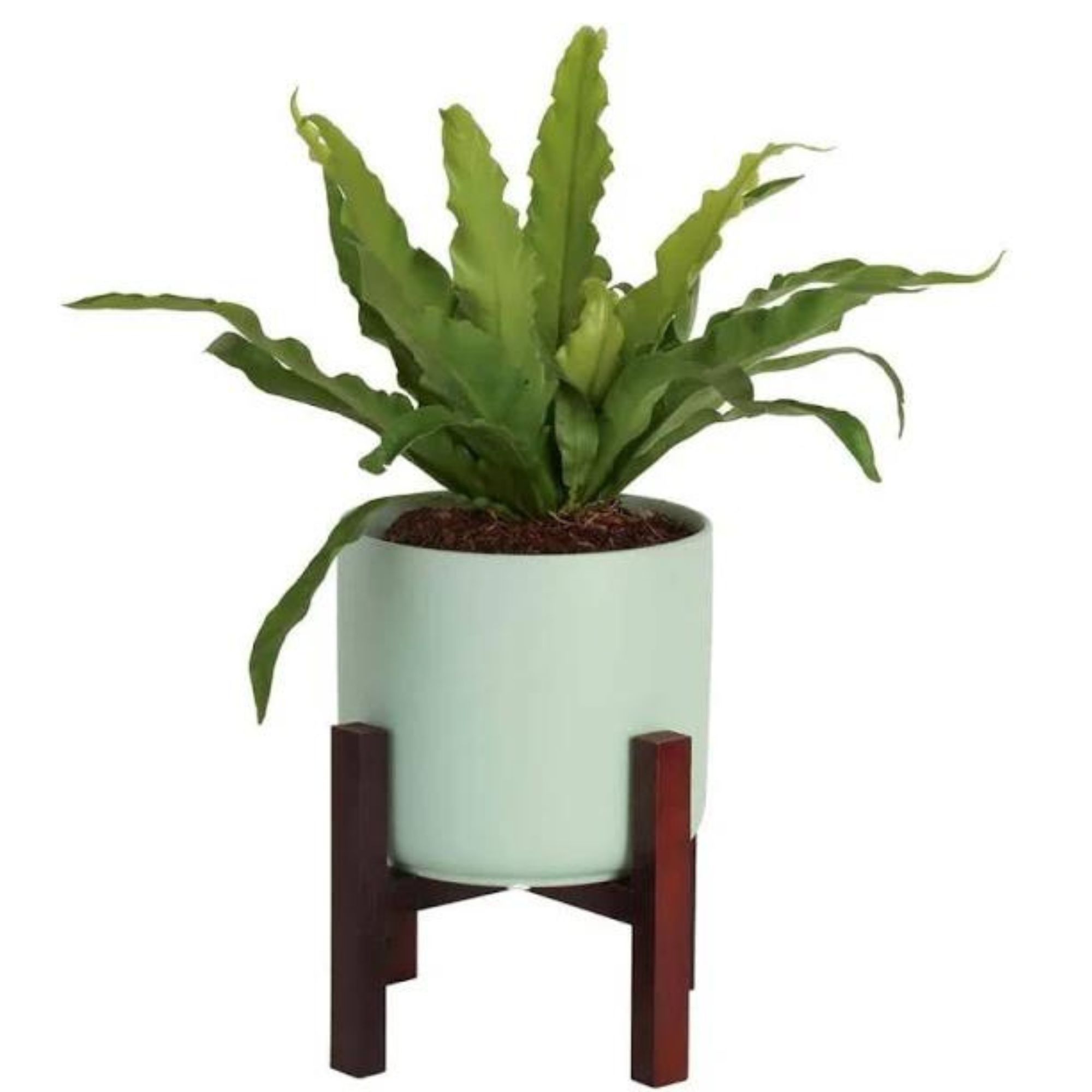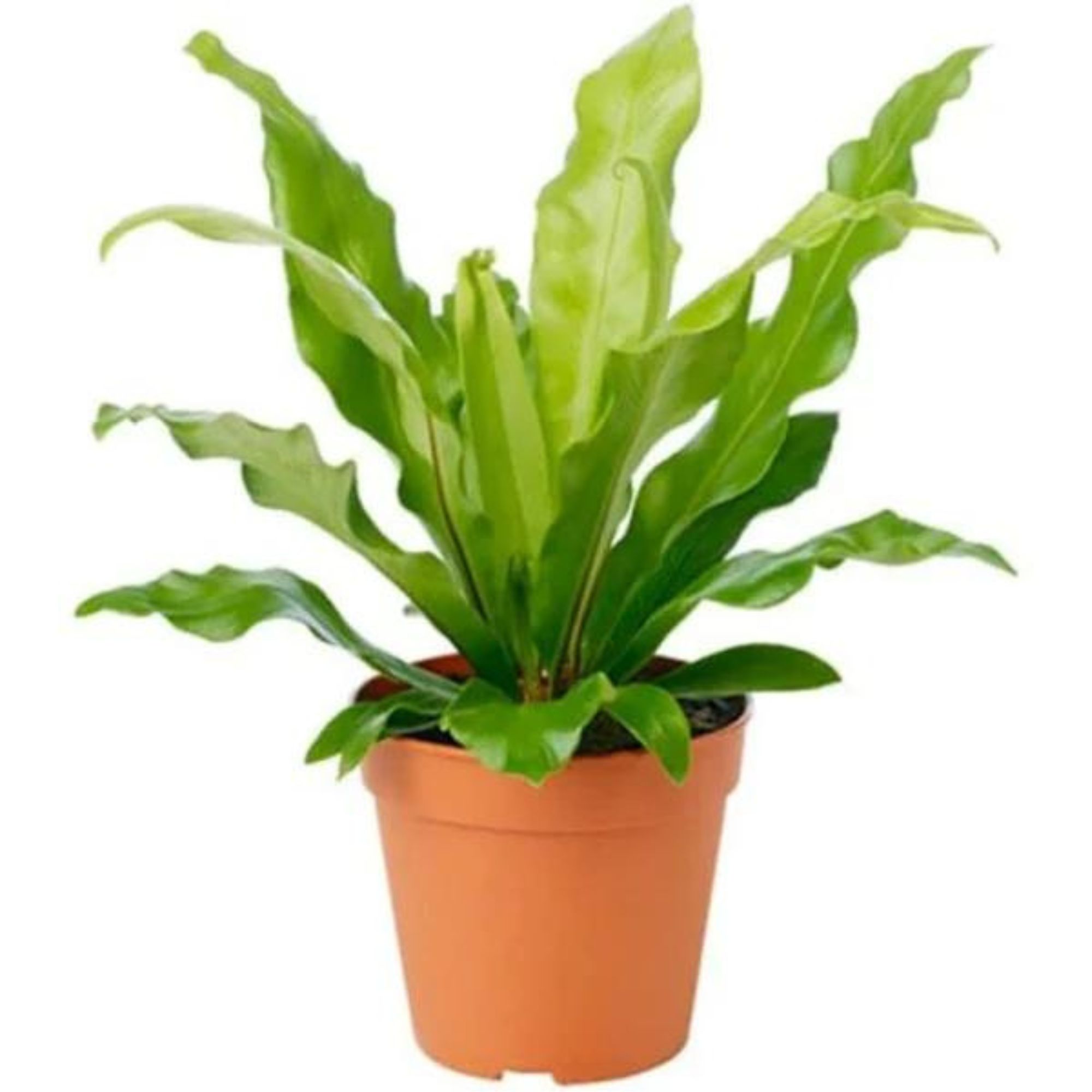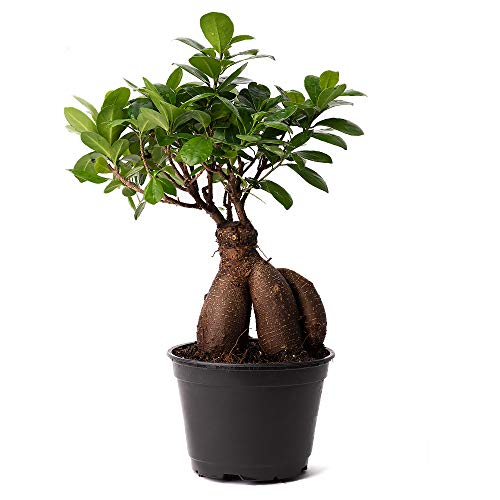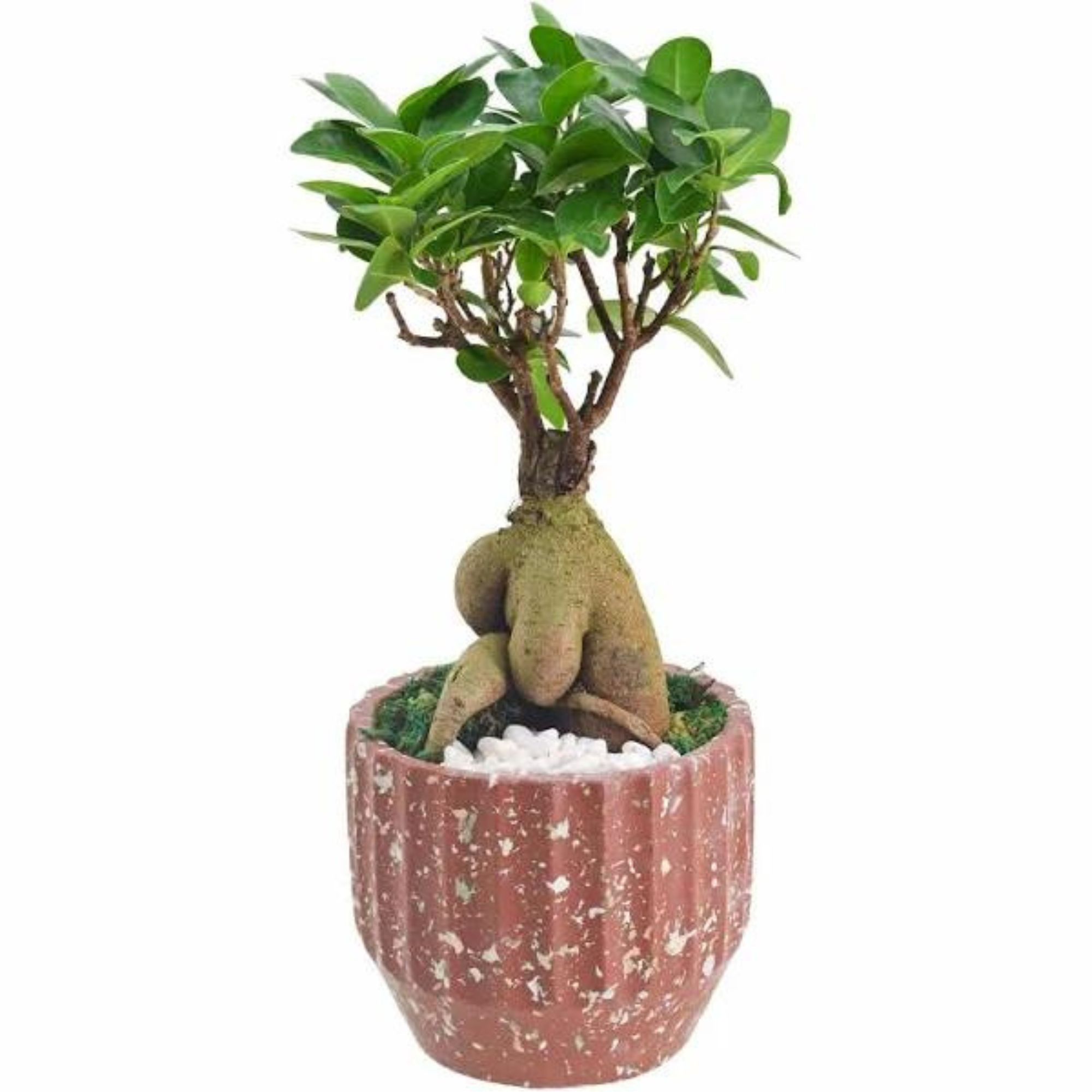5 Japanese Indoor Plants That Will Instantly Bring a Sense of Calm to Your Home, Say Experts
For a serene space, Japanese indoor plants should be your go-to pick. Here are our favorites

There's an understated simplicity and a calm serenity that we associate with modern Japanese interior style, and emulating this stress-busting look is not complete without a smattering of Japanese indoor plants.
Alongside an essential decluttering and a backdrop of clean lines, soft tones and natural materials, such as timber, bamboo and linen, this style is punctuated with subtle bursts of lush foliage.
Although at heart is a form of minimalism, there's a nod to nature in these design schemes too. So try these Japanese plants for your indoor garden and spark joy every day.
1. Japanese Aralia (Fatsia Japonica)
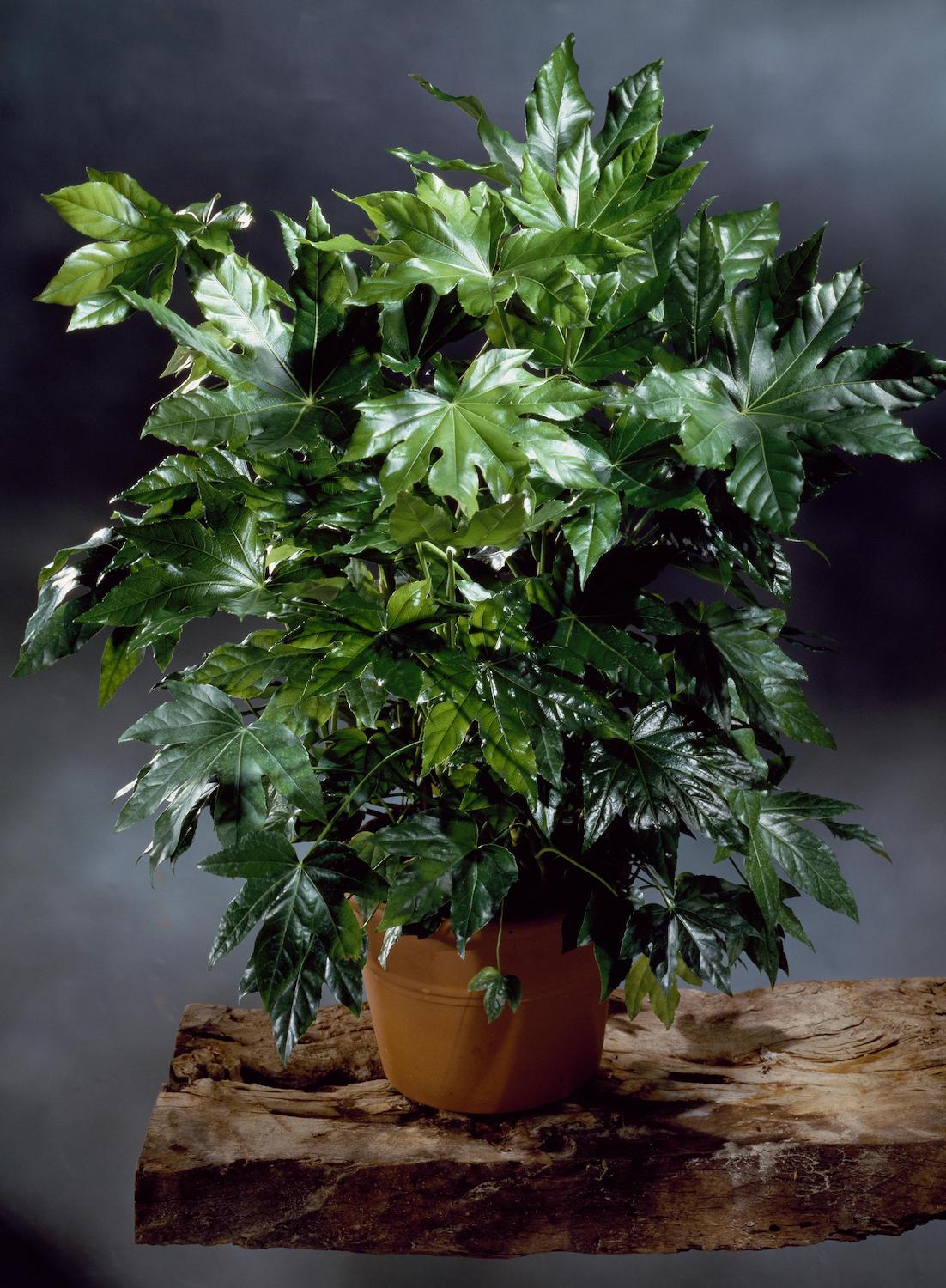
With its huge, glossy leaves, the Japanese Aralia will flatter many design schemes but it will really stand out against a minimalist backdrop. Its large, palm-like leaves look stunning in a backyard, but can also grow indoors too, making a statement when decorating with plants in a living room.
'The Japanese aralia is a great focal point in a room,' says plant guru, Lisa Eldred Steinkopf, author of Grow in the Dark and Houseplants. 'Its large, palmately lobed leaves have seven to nine lobes, and the plant can grow to several feet high.
'It is often sold as a single stem, which grows tall with its large leaves protruding on beefy stalks. It can be trimmed to make it branch out and become more shrub-like.'
'For best growth, place this plant in medium light, such as an east or west window. It will also do well in a low-light setting, such as a north window, or back a number of feet from a south window.
Be The First To Know
The Livingetc newsletters are your inside source for what’s shaping interiors now - and what’s next. Discover trend forecasts, smart style ideas, and curated shopping inspiration that brings design to life. Subscribe today and stay ahead of the curve.
Keep the Fatsia plant evenly moist. If it dries out, it may drop its lower leaves. 'Keep the humidity up around the plant and keep it away from heat registers, as the plant will attract spider mites if it is kept too dry or if warm air is blowing on it.'
2. Money Tree (Pachira aquatica)
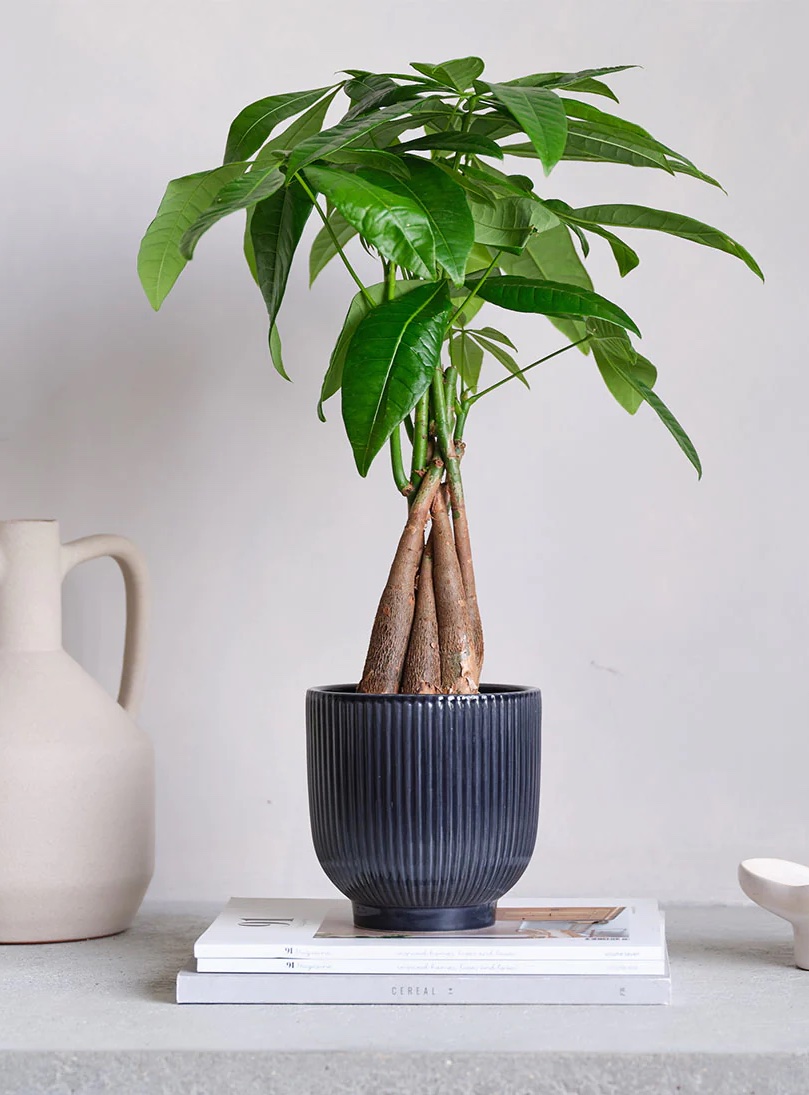
Despite its South American origins, Pachira Aquatica is a familiar sight in East Asian-style interiors. Dubbed the 'Money Tree', it is believed this Feng Shui plant will bring good fortune and has been a popular ornamental tree in Japan and other parts of East Asia for decades.
As well as its propensity for prosperity, The Money Tree has an elegant and eye-catching appearance, with its braided trunk and profusion of leaves.
'The Feng Shui plant movement brought pachira to the forefront as it's purported to bring good luck,' says Lisa. 'This plant is usually sold with a braided trunk and the five to seven bright green leaflets that make up one leaf are unusual and beautiful.
'It's ease of care and low light tolerance also adds to its popularity,' continues Lisa.
'This plant grows in water in its native habitat but don't leave it standing in water as a houseplant. A medium to bright light is best, such as that offered from an east or west window.'
3. Japanese Sago Palm (Cycas revoluta)

Despite being called a Sago palm, this plant, which hails originally from Japan, is actually related to conifers rather than palms. However, its profusion of slender leaflets on each of its leaves gives it an elegant palm-like appearance, great if you're looking to create an indoor zen garden.
'This is a popular plant for its strong architectural presence,' explains Lisa. 'It is often offered as a bonsai. When it puts out growth, it puts out a whole ring of leaves at the same time, and this usually happens every year.
It's a slow-growing plant; it can be one to 12 feet in diameter in its natural habitat but usually two to three feet in the home. 'It's extremely toxic, so keep it away from pets and children,' adds Lisa.
Sago palms like a bright light with full sun, so give them a south-facing window if you can. Drench them thoroughly and leave the soil to dry out partially before watering again.
4. Japanese Bird's Nest Fern (Asplenium Osaka)
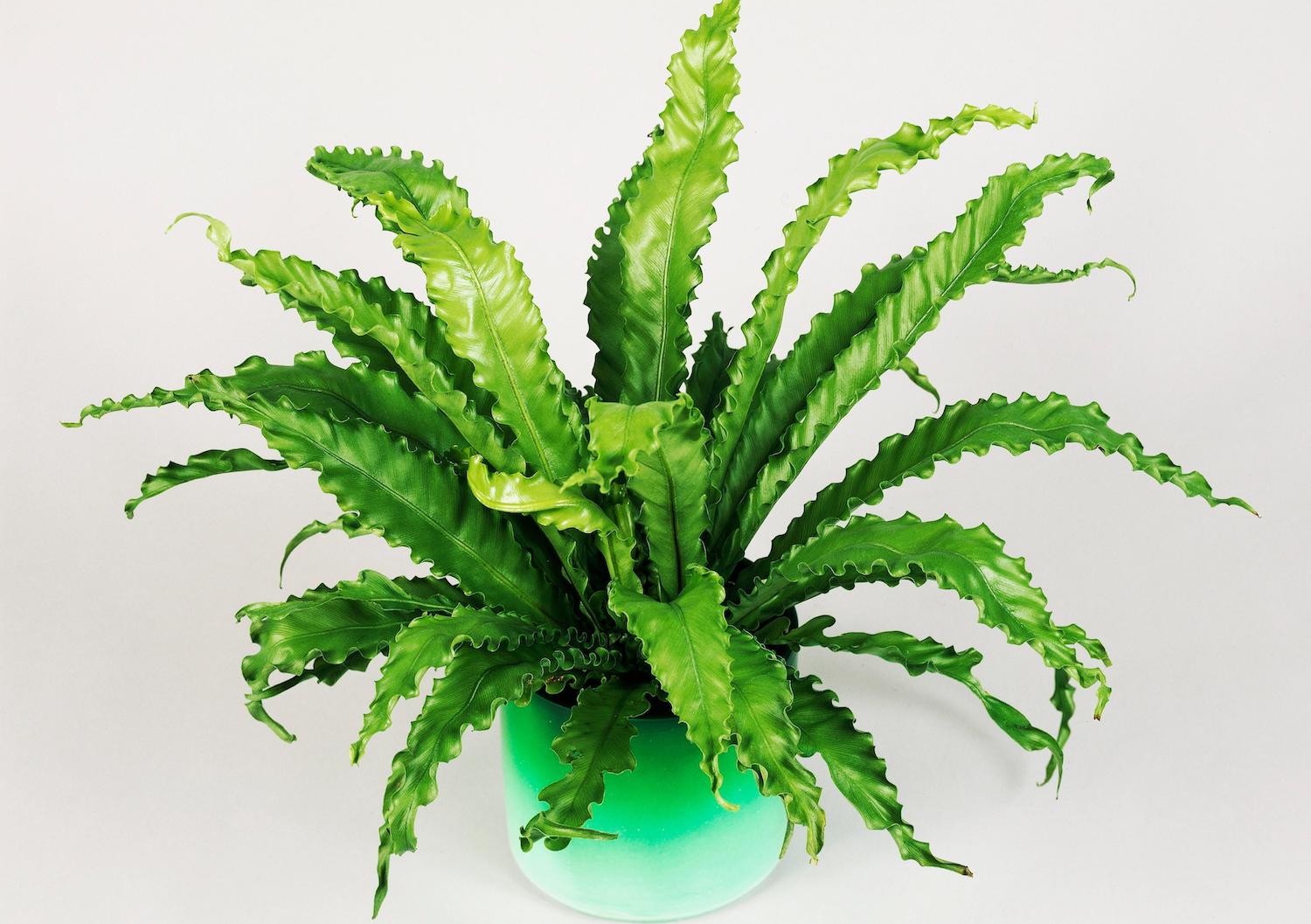
With its spectacular ruffled leaves, the Japanese Bird's Nest Fern deserves a spot in any indoor garden. Originating in eastern Asia, this showstopper is much loved as a houseplant and is also relatively easy to care for.
'The bird’s nest fern is one of the most popular varieties of fern, its distinctive leaf pattern giving rise to its common name,' says William Davidson, author, Dr Houseplant. 'Its fronds, which are undivided and glossy, spread themselves upward to form a bowl shape, similar to that of a bird’s nest.'
It follows some of the most common fern care rules, too. 'Most ferns prefer a fairly shady location, and will deteriorate quickly if exposed to strong sunlight. Position ferns in the natural shade of other plants or in a room with soft natural light.
All ferns enjoy a moist atmosphere. 'Spray them generously—this will also keep their lovely foliage clean and free of dust,' says William. 'Watering should be frequent to help maintain humidity, but the plant container should not be allowed to become waterlogged.' It's worth noting you should avoid overwatering, especially in lower temperatures.
5. Bonsai (Ficus Ginseng)

Bonsai is a popular technique in Japanese culture and Ficus Ginseng is a low maintenance plant for indoor gardening. Its twisted trunk gives it an unusual form, so if you'd rather just dip your toe in the bonsai water, rather than take the plunge, a Ficus Ginseng is a great plant to start with.
'Ficus Ginseng is quite easy to care for compared to other Bonsai and will stand out in any space,' says Bloomscape's in-house plant expert. 'Give it bright, indirect light and prune it back occasionally to keep its compact shape and encourage new growth.'
Jacky Parker is a London-based freelance journalist and content creator, specialising in interiors, travel and food. From buying guides and real home case studies to shopping and news pages, she produces a wide range of features for national magazines and SEO content for websites
A long-time contributor to Livingetc, as a member of the team, she regularly reports on the latest trends, speaking to experts and discovering the latest tips. Jacky has also written for other publications such as Homes and Gardens, Ideal Home, Red, Grand Designs, Sunday Times Style and AD, Country Homes and Interiors and ELLE Decoration.
-
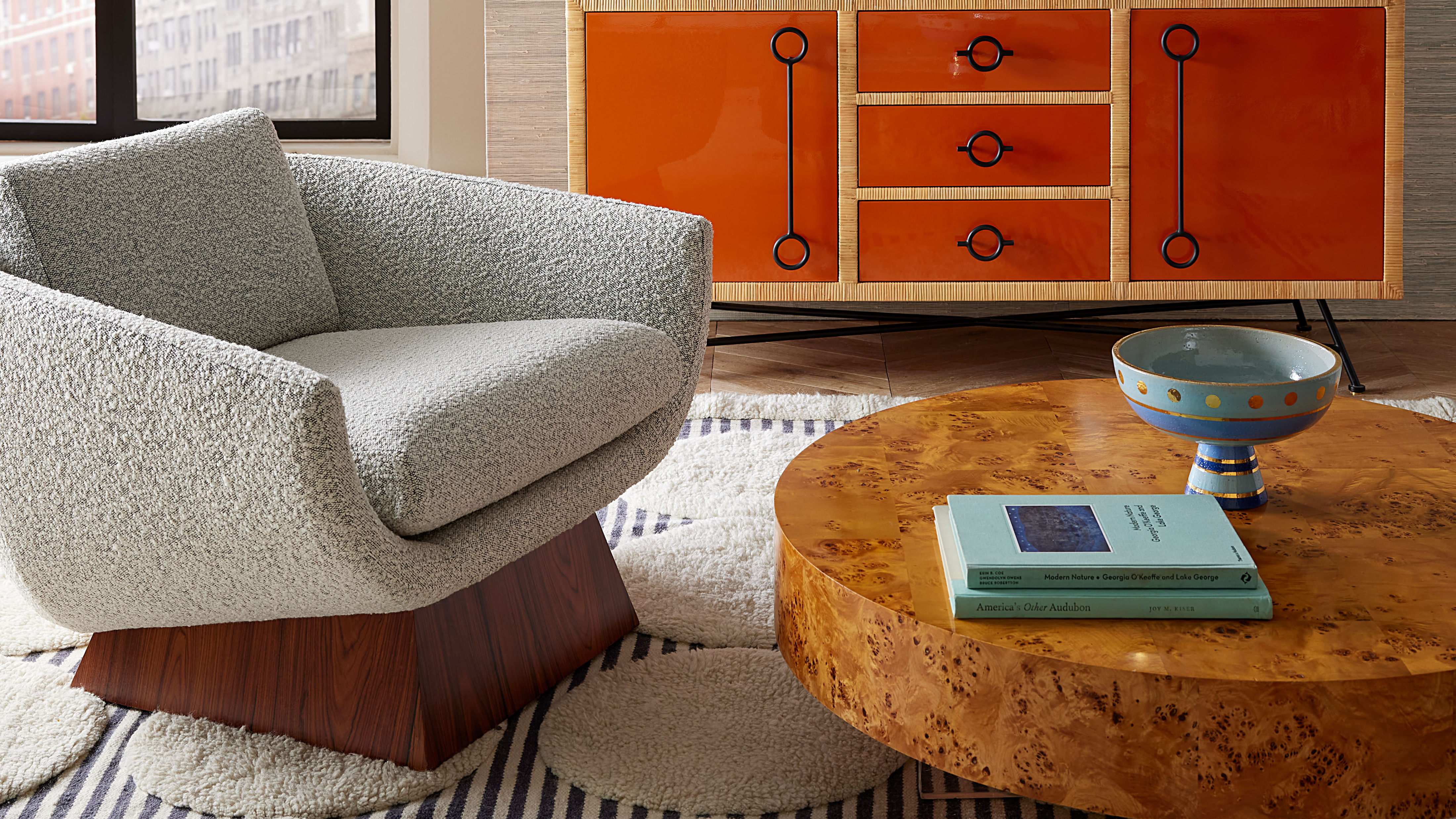 Burl Wood Decor Is 2025’s Most Coveted Comeback — Here’s How to Get the Storied Swirls for Less
Burl Wood Decor Is 2025’s Most Coveted Comeback — Here’s How to Get the Storied Swirls for LessIrregularity is the ultimate luxury, but you don’t need an antiques dealer to find it
By Julia Demer Published
-
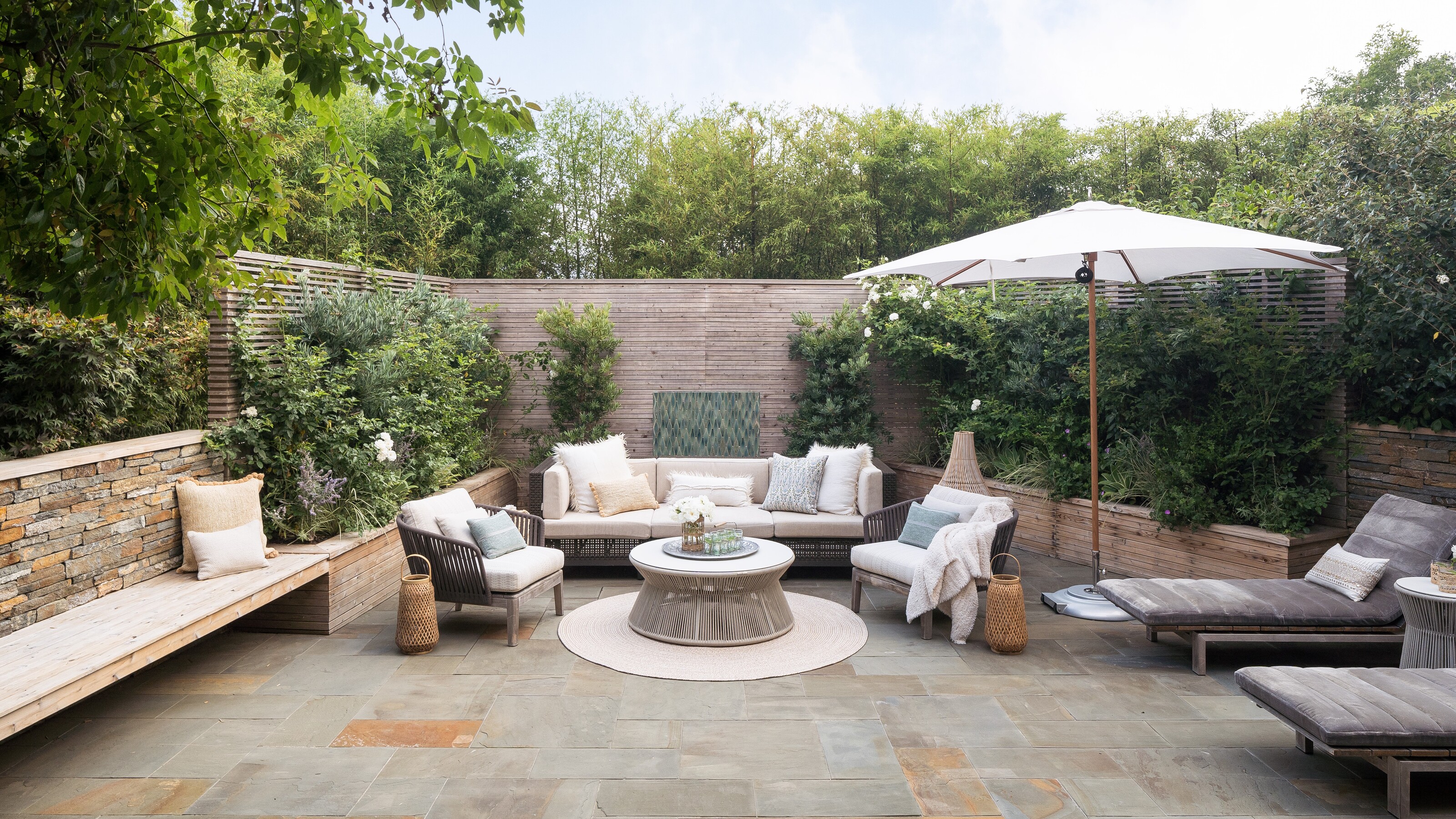 5 Garden Features That Instantly Add Value to Your Home — While Making Your Outdoor Space More Practical, too
5 Garden Features That Instantly Add Value to Your Home — While Making Your Outdoor Space More Practical, tooGet to know all the expert tips and tricks for making your backyard a standout selling point for your home.
By Maya Glantz Published
